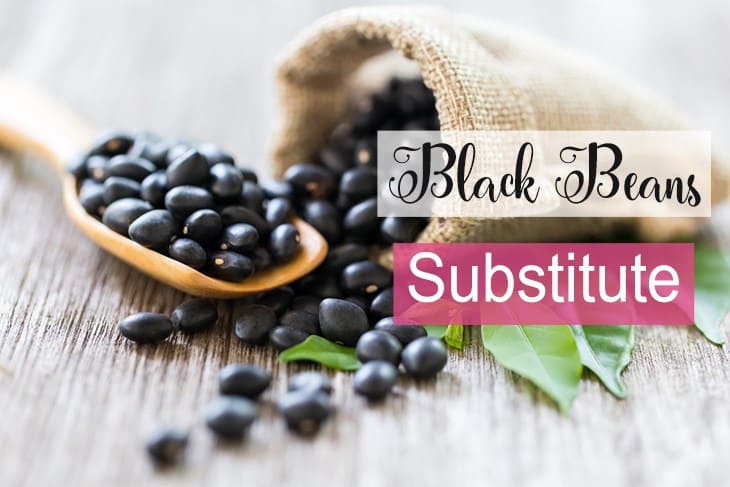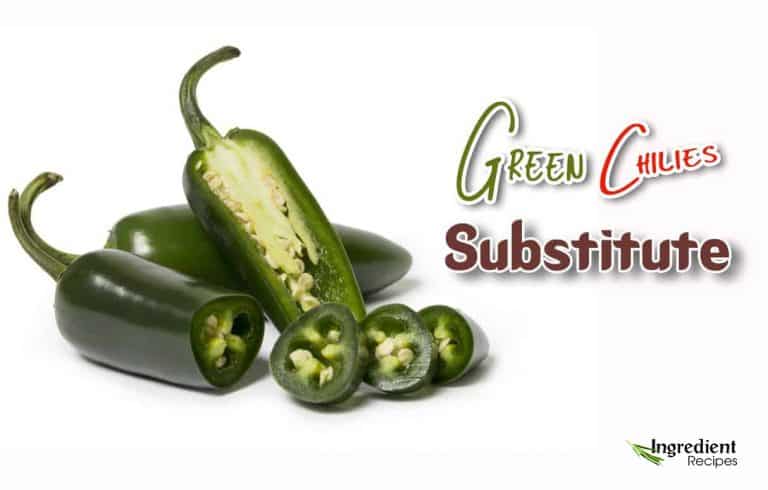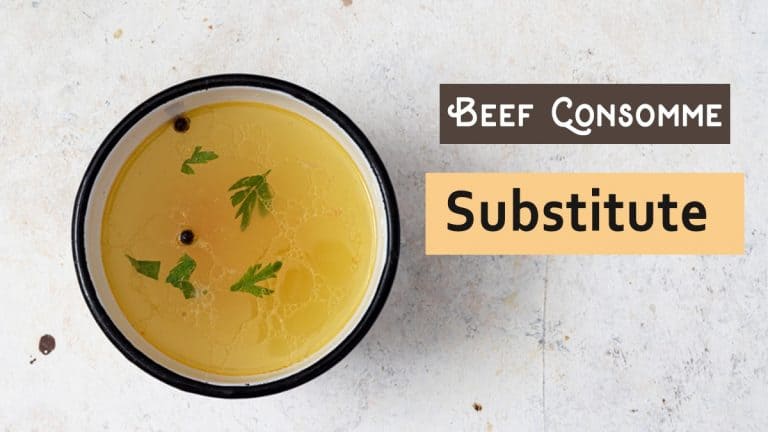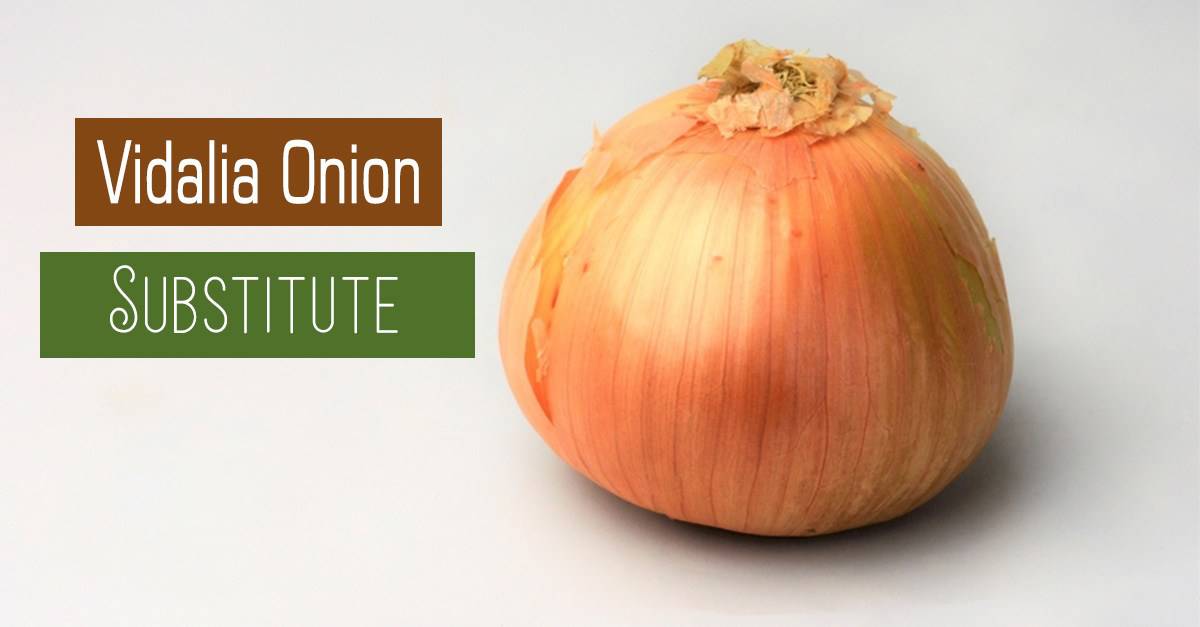
Lacking some ingredients is indeed a pet peeve when cooking. That’s why you should prepare yourself with some alternatives beforehand. This article will show you the list of Vidalia onion substitute ideas with a comparable outcome.
Vidalia onion is an “active resident” in the culinary world, appearing in many sweet and savory recipes. So, getting to know its substitutes can always come in handy.
8 Ingredients To Substitute For Vidalia Onion
1. White Onion
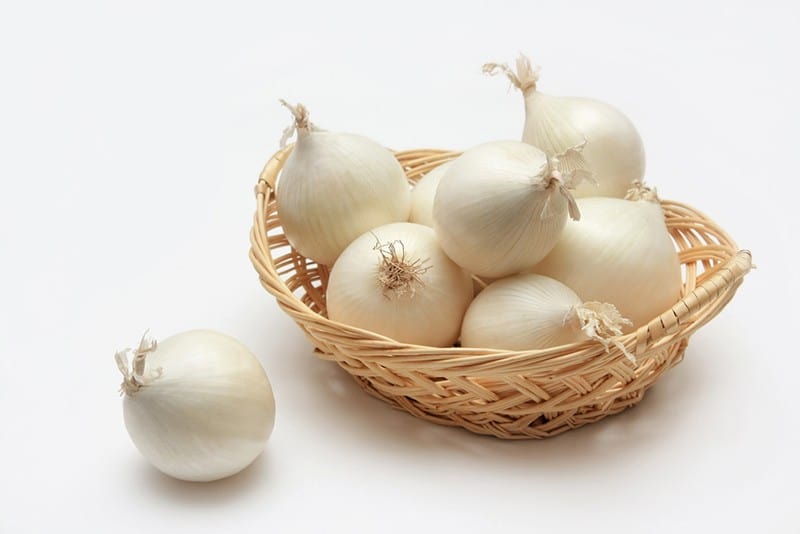
When it comes to Vidalia onion substitutes, you may think of other sweet onions. But, white onion takes the crown for its similar characteristics and availability. No one goes for a substitute that’s even harder to get their hands on than the original ingredient.
Though they look round rather than flat like Vidalia, white onions come with white layered flesh and deliver a sweet primary tone, living up to Vidalia onions.
White onions aroma is somewhat more intense, but only few can notice the difference between the two, namely gourmets with well-trained palates and sensitive noses.
You can use white onion and Vidalia onion interchangeably in both raw and cooked dishes. Tossing it in salads, grilling, roasting, making soups, stews, or dressings, you have your choice.
Have you ever seen a Blooming onion dish? The “flower” looks like a masterpiece that you don’t have the heart to eat. But believe us when we say; it’s super easy to make with an air fryer. A blooming onion will be a crowd-pleaser in any home party.
White onions contain a great amount of folic acid in these onions, which helps your body generate healthy new cells. They are also chock-full of vitamins (C, B6) and minerals (calcium, thiamin, potassium, etc.), making it a superfood for your overall health.
2. Walla Walla Onion
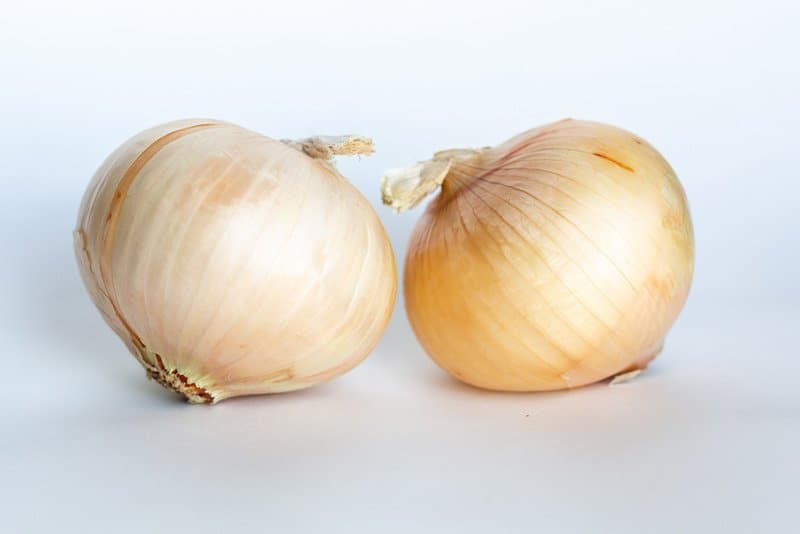
As a rule of thumb, any other kind of sweet onion can replace Vidalia onion in a pinch, and Walla Walla is no exception. This type of onion is the pride of Washington.
Walla Walla onions are as large as a softball. From the outside, it has thin and golden-brown skin, coating the crispy and juicy flesh. You can expect a sweet flavor from Walla Walla without any astringent notes.
This candidate is suitable for raw and cooked substitution. Feel free to be creative since this onion welcomes any cooking recipes, from salads, sandwiches, roasted, grilled, stews, or toppings.
Walla Walla onions are a delicate addition to your beloved green salad. They match well with butter lettuce leaves or mild Boston lettuce, carrots, radishes, or cucumber. This simple and easy recipe can serve as a healthy lunch when you are in a rush.
This nutrient-dense ingredient brings you many health perks worth your consideration. They are packed with essential antioxidants like vitamin C, supporting the immune system by fighting off free radicals and minimizing inflammation.
3. Maui Onion
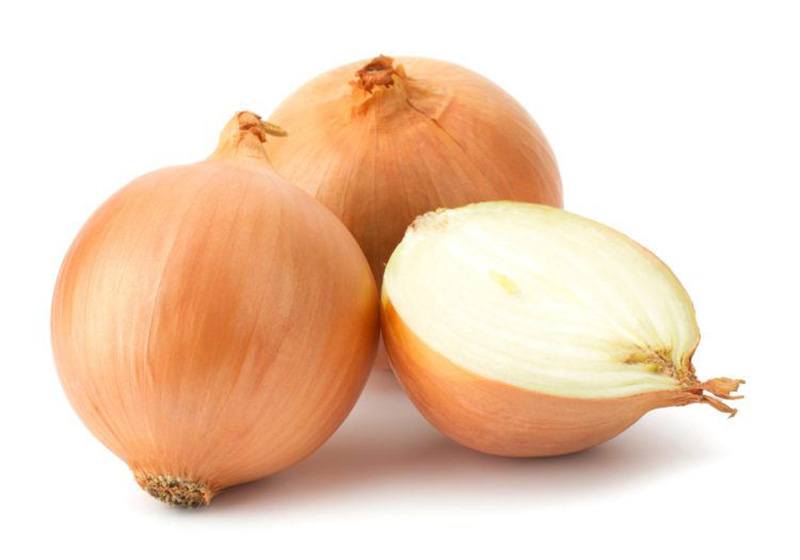
If you have already watched Moana from Disney, you know where Maui onions come from. That’s right. They are from the beautiful island – Hawaii.
These onions are medium in size with an elongated shape. The flaky yellow-brown skin covers the crunchy and succulent flesh inside. As a sweet variety with high sugar content, it offers you an exceptional sweetness and no sharp taste.
Maui onions best replace Vidalia onions in both cooked and raw applications, like baking, grilling, frying, broiling, steaming, and sautéing.
Thanks to their sweet taste, fresh Maui onions can be chopped in salads, layered in sandwiches, or mixed into poke with seaweed, fresh fish, and spices.
We love the caramelized Maui onion dip served with French fries. Treat yourself to a Hawaii getaway right at home and enjoy the Hawaii-inspired snack right in the mouth as if you are chilling on the beach. That’s enough for a summer day!
Both cooked and fresh Maui onions contain prebiotic fiber, feeding and supporting the live probiotic bacteria for your digestion and gut working efficiently. Its richness of vitamin C also boosts calcium absorption to increase bone mass.
4. Texas Sweet Onion
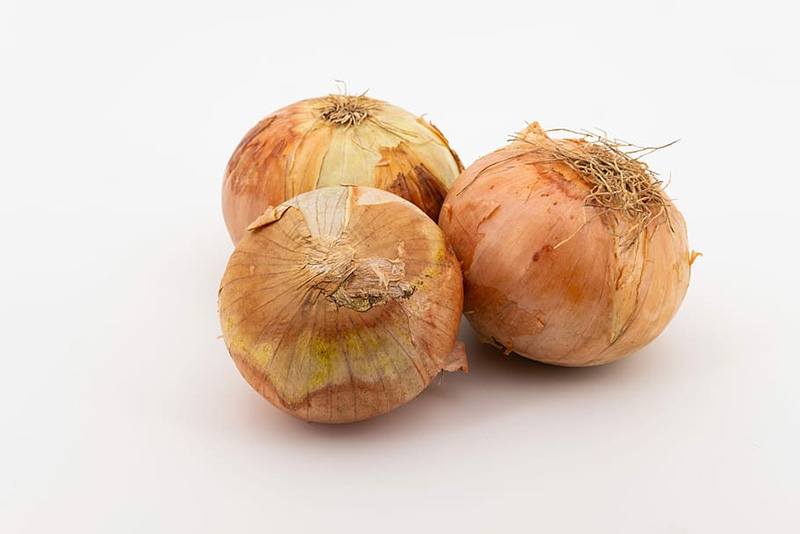
As its name implies, this root veggie originated from Texas, first appearing in 1898. Texas sweet onion looks like Vidalia onion, with a flattened globe shape and covered with golden-brown skin.
The only thing telling them apart is their sweetness due to different growing conditions. Texas onions may fall behind when compared to Vidalia, but the difference is hard to notice. So, switching between the two won’t make a noticeable change in your recipes.
Apart from serving them raw, you can caramelize them to add a deeper and richer sweetness to any dish, grill them for pulled pork sandwiches, slow-cook them with stews and mashed potatoes, or use them as a topping.
You may feel overwhelmed with its sweetness if you utilize it as the main ingredient. So, consider making a side dish to serve with steak, ribs, or any kind of protein. The flavor is well-balanced enough to draw you to the last bite.
Research has shown that Texas onions contain certain natural compounds, lowering cholesterol and blood pressure and stopping blood clotting.
Additionally, they offer vitamin C, B vitamins, and folic acid. These vitamins promote your immune system, allow your body to fight off the common cold.
5. Granex Yellow Onion
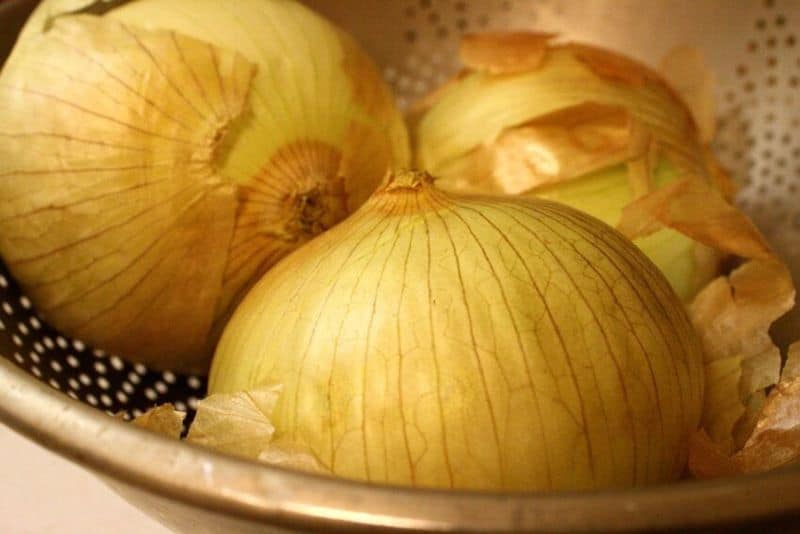
Don’t get it wrong. Granex yellow onion also belongs to the sweet onion family, not a yellow onion. They are native to Texas State, US.
The best thing about this onion is its availability since it is a short-day and all-year-round crop. Mature Granex yellow onions are uniformly flat and squat with flaky copper-gold skin, protecting the white, juicy, and firm flesh.
Those tender and crisp, layered rings deliver a sweet kick without any hint of pungency, perfect for replacing Vidalia onion. This easy-going taste profile makes it a versatile ingredient, well-suited for cooked and raw applications. You can use it in salads, sandwiches, stews, soups, or serve it as a side dish.
It’s hard for us to pick an outstanding recipe for this all-around ingredient. But it’s a miss not mentioning Granex onion pickles.
The acidity of the vinegar beautifully balances the sweetness of the onions. These pickles can make you drool when mixing with salads or cheese and crackers. Pickled onions also last longer than fresh ones.
Granex yellow onion is an abundant source of fiber, vitamin B6 and C, and other minerals like chromium, potassium, and manganese.
Vitamin B6 helps lower triglyceride and cholesterol levels and regulate blood sugar. And chromium is an important trace mineral, improving insulin sensitivity and boosting carbohydrate, lipid, and protein metabolism.
6. Shallot

Another proper Vidalia onion substitute, not coming from the sweet onion family, is shallots. They are smaller, coated with a copper-pink and papery skin, and have pale purple flesh.
They don’t resemble the appearance but bring out a sweet and mild flavor when cooked to replace Vidalia onions decently. You can also trace a tangy hint from shallots, which don’t exist in the original recipe.
You can switch to shallots in the recipes calling for vidalia onions, like pasta, soups, pizzas, or sauces to brighten the dish with a touch of spice.
To reach the desired sweetness when sautéed, you should cook shallots slowly over low or medium heat. Otherwise, they tend to burn easily and get bitter.
You will want to try caramelized shallots as this is an all-round side dish for various main courses, ranging from burgers, pasta to steaks, or simply pairing with other veggies like mushrooms or brussel sprouts.
Instead of using Vidalia onion, why not treat your palate to a strange kick of tanginess? You’ll be surprised with the final dish.
Shallots come with an antibacterial property to fight off viruses and germs, giving you a stronger immune system.
Also, eating shallots with yogurt regularly does wonders for women with type-2 diabetes. This healthy match reduces bad cholesterol and triglycerides for the progress of diabetes treatment.
7. White Pearl Onion
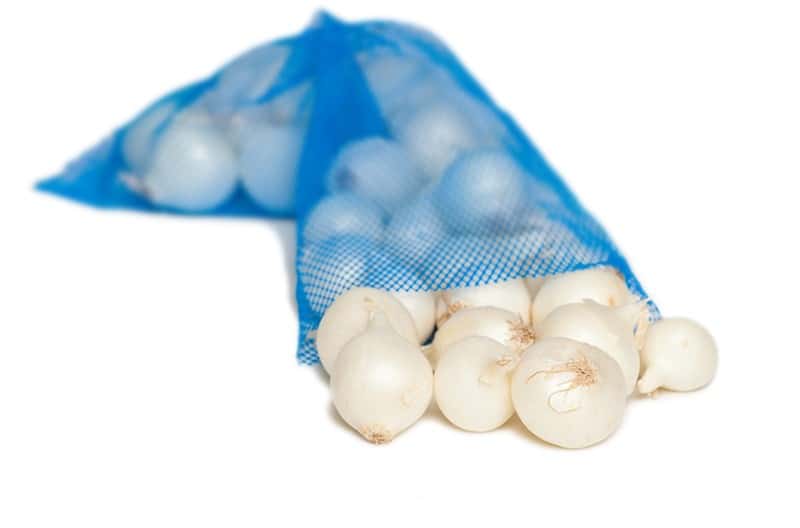
White Pearl onions are petite, only 1 to 4 centimeters in diameter, and globe-shaped with pointed ends. The tiny bulb is coated with thin, white, and papery skin.
Underneath the flaky skin is the firm, crisp, and juicy flesh with thinly layered rings, revealing a sweet touch and a pungent trace. Despite the difference in size, White Pearl onion’s texture and flavor profile make it a proper replacement for Vidalia onion.
You can use this petite onion in many cooking applications, such as roasting, creaming, glazing, or pickling. The little bulbs are best used whole. You can easily peel off the coat by boiling them for 2 minutes and dropping them in ice water.
Glazed onions are not a new recipe, but these bite-sized onions upgrade it to a new level. The secret is that you don’t have to chop the onions, allowing them to retain the succulent and crunchy texture. The glossy golden-brown onions are a gorgeous addition to any plate.
White Pearl onions provide antioxidants and anti-inflammatory chemical compounds, supporting cardiovascular health and stabilizing blood sugar levels. What’s more, the huge amount of vitamin A in this small onion does wonders for your eye health.
8. Garlic

Garlic is the staple in any kitchen and the most easily available replacement for Vidalia onions. What is the commonality between the two, you may ask? Well, interestingly enough, they are siblings, meaning that garlic comes from the onion family.
You can’t get close to the Vidalia onion flavor if you use garlic. But it somehow can fill in the sweet blank of Vidalia when cooked.
So, consider garlic as a last resort to substitute Vidalia in sautéed or roasted recipes as a side dish. Anyway, spice is still the center of its flavor profile.
You can slice or mince it for a deeper flavor and toss it in soups, stews, sauces, stir-fries, or marinades. Garlic will be less pungent and turn sweeter with a nutty hint when cooked, which is tolerable. If you love hot spice, serving it raw with salads will delight your tongue.
A secret when sautéeing veggies like asparagus or asparagus substitutes is to melt butter with some garlic. You will be surprised when the appealing smell invades your house and lingering in your nose for quite some time.
Don’t underrate these small bulbs; they are indeed a nutritional powerhouse with various vitamins (C, B) and minerals (selenium, iron, etc.) Besides, you can experience a reduction in blood pressure because garlic promotes the synthesis of nitric oxide.
Frequently Asked Questions
Can You Substitute Yellow Onion For Vidalia Onion?
The answer may upset you, but we are afraid that substituting yellow onion for Vidalia onion is a risky choice. They have nothing in common to replace each other.
Yellow onions are not an easy-going ingredient. They are strong and complex in flavor for their high content of sulfur. Pungency is what you can expect from this root veggie, especially when eating raw. Meanwhile, Vidalia onion fills your palate with a super sweet kick.
If you still stick to this onion, it’s better to cook them longer than sweet onions for their less water content. The longer you cook, the sweeter it becomes, though its sweetness is nothing compared to Vidalia onion.
How To Grow Sweet Onions At Home?
The government won’t let you grow Vidalia onions unless you are living somewhere in Georgia. So, this instruction will be a general guide to help you grow sweet onions for substitution at home.
Step 1 – Prepare the garden bed: Choose a sun-kissed spot to ensure the plants get full sun exposure (6-8 hours). Sweet onions love well-drained soil with a pH from 6.0 to 6.8. Amend the soil with a nitrogen-rich fertilizer.
Step 2 – Plant: Plant the onions in 1-inch holes in rows. Each row is about 16 inches apart. Cover the rows with a layer of mulch.
Step 3 – Care: Water the onions regularly, about an inch of water every week. Sprinkle some nitrogen-rich fertilizer on the seedlings after they establish. If you notice any plant starts flowering, remove it.
Step 4: Harvest: You know it’s time to enjoy your crop when the leaves and scapes turn yellow and fall. It takes about 90 – 110 days for the sweet onions to reach their maturity.
What Is The Best Way To Store Onions In General?
Most onions have been cured before reaching supermarkets and grocery stores’ shelves. So, it’s best to store them in dark, cool yet dry, and well-ventilated places, such as a cellar, pantry, garage, or basement. You can wrap them with paper towels for the best result.
The ideal temperature to maintain the onion’s characteristics ranges between 40-50°F. High humidity and heat will prevent rotting, molding, or the onions from sprouting.
Never keep them in a plastic bag or store a whole onion in the fridge. Otherwise, the onions will end up mushy and spoil soon. If you are about to keep them in the fridge, remember to peel off the papery skin. They will last for about 2 weeks.
Conclusion
So we have walked you through all 8 comparable Vidalia onion substitute ingredients. They are all easily available, so no need to worry about a lack in your original recipe.
You are free to choose other alternatives as long as you are satisfied with the result. Give them a try and enjoy the fresh wind. We hope this article can help you fulfill your cooking journey.
Related Posts:
- What Are The Best Scallion Substitutes? How To Cook Them Right?
- Substitute For Green Onion: Top 12 Options You Should Try



